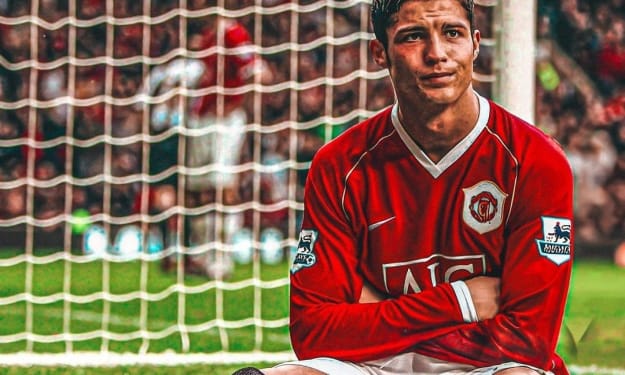The Growth of Performance Tracking in British Sports
As technology has advanced, it is being utilised in more areas of our lives. Elite sport in particular has benefitted from digital innovations over the years.

From heart rate monitors to headgear that can measure the impact of head injuries, wearable technology has allowed sports teams and individual athletes to measure and improve performance. Much of the study in sports science degrees is dedicated to using technology and science to enhance sporting performance. Many graduates even go on to work in performance-tracking roles at the highest levels.
Here, we’ll take a look at some recent innovative uses of performance tracking in UK sport.
GPS tracking vests minimise injury in the Premier League
One of the most widely used technologies in professional football right now is GPS tracking vests. Players often wear them over their training gear to warm up and have them on under their team’s shirts during matches. These wearables allow managers and backroom staff to see if players are pushing themselves too far or if they’re performing well physically.
The wearables can also provide in-depth details that give insight into whether a player is likely to be injured. If a player covers too much or too little ground in training, it can show a potential problem. Overtraining can lead to a higher risk of injury during a match, while undertraining can reveal a hidden injury.
Step balance, which shows whether players’ weight distribution is favouring one side, is key information. If used correctly, it can show the effects of a previous knock or a potential injury in the future. If a player is carrying a small knock, they may put more weight on one foot without realising. A weight distribution difference as small as 45%-55% can significantly impact an injury.
During the first national lockdown, Premier League players used the STATSports app, which connects to their GPS vests, to measure their running stats and compete against one another during a period without competitive football.
Scottish Rugby implements head injury-tracking wearables
Head injuries in sport have been in the limelight in the past year because of high-profile dementia diagnoses and legal action. Progressive Rugby was set up by current and ex-professional rugby pros, academics, referees, and medical experts, to push for reform in rugby union. Among its members is ex-Scotland player Rory Lamont, who said he would have retired four years earlier had he known about the risks of getting knocked out and experiencing concussion during his career.
In a positive move, Scottish Rugby announced a collaboration with HITIQ Technology, a mouthguard manufacturer, to study concussion in rugby. The mouthguards, with head impact sensor technology can quantify the impact of head injuries. This will allow performance and medical staff to substitute players who have been injured during the game. Not only does this have an impact on a player’s performance, but it also protects them from further complications down the line.
The technology is being hailed as a big win for players. The impacts of concussions sustained during a player’s career has affected many former stars. As well as dementia diagnoses, some players have had to retire early, including former All Blacks star Dillon Hunt, due to concussion. This technology can protect players’ welfare, improve their performance, and even extend their careers.
Ingestible tablets to manage Tokyo Olympics weather
Team GB had an incredible run at the Tokyo 2020 Olympic Games, winning 65 medals. This was the team’s third most successful games behind London 2012 and Rio 2016. And there may have been a secret ingredient contributing to the team’s success.
The Tokyo climate provided a challenging landscape for British athletes, with temperatures of over 30°c and humidity sitting at 70 per cent. These conditions meant it was vital to measure athlete performance to ensure they weren’t overtraining, overheating, or experiencing fatigue.
Competing stars, including Scottish middle- and long-distance runner Laura Muir, worked with scientists at the English Institute of Sport to devise a pill that would measure the body’s internal temperature. With a microchip, it would transmit the athlete’s body temperature during training to devices so it could be monitored.
This technology allowed trainers to see when an athlete’s internal temperature was too high, putting them at risk of heatstroke and hyperthermia, meaning their training sessions could be tailored to prevent overheating.
Performance-tracking technologies have continued to evolve in recent years to give competitive sports players the best chance of success. In the near future, we can expect to see wearables become ever more commonplace in elite sports, while motion-tracking cameras will help athletes in sports such as gymnastics improve their form. When it comes to tech and sport, the future is bright.





Comments
There are no comments for this story
Be the first to respond and start the conversation.